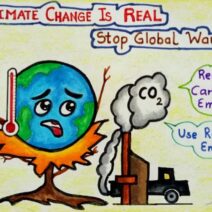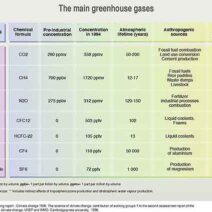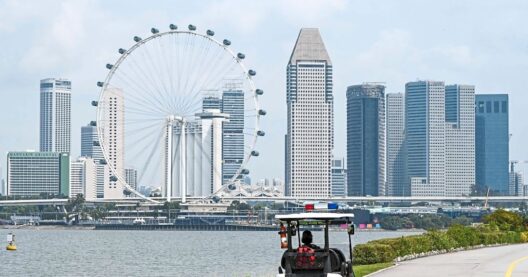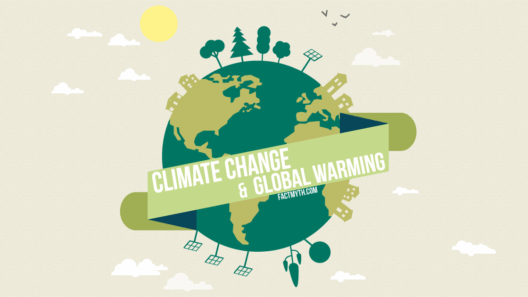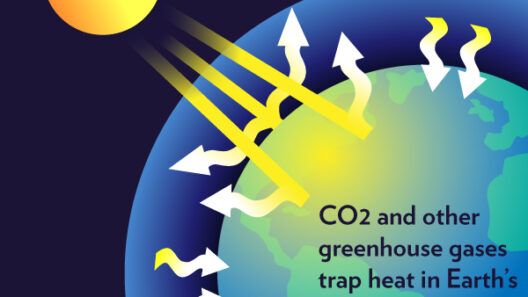Global warming remains one of the most pressing challenges our planet faces today, and its ramifications extend far beyond mere temperature increases. The quest for a sustainable and habitable future compels us to adopt actions that significantly mitigate this environmental crisis. While large-scale initiatives may dominate headlines, it is crucial to recognize that individual actions can wield substantial influence and collectively drive monumental change. So, what simple actions can we take to contribute effectively to the reduction of global warming?
Understanding the magnitude of our impact begins with acknowledging the carbon footprint we generate through our daily choices. The pathway to reduction starts with awareness and the deliberate application of methods that curtail greenhouse gas emissions. Here are several actionable steps that individuals can incorporate into their lifestyles to foster a more sustainable world.
Engaging in Energy Conservation
One of the most straightforward yet profound actions we can take is to conserve energy. By minimizing the energy we consume, we directly decrease the fossil fuels required for electricity generation, which in turn links back to lower carbon emissions. Simple strategies include:
1. **Switching to Energy-Efficient Appliances**: Investing in appliances that bear the ENERGY STAR label ensures that you’re using less energy without sacrificing performance. These appliances may require a higher upfront investment; however, they can significantly reduce energy bills over time and lead to lower emissions.
2. **Unplugging Electronics**: Many electronic devices continue to draw power even when not in use, a phenomenon known as phantom load. By unplugging chargers, computers, and other devices when they are not actively being utilized, you can save energy effortlessly.
3. **Utilizing Natural Light**: During the daytime, optimize the use of natural light. Open your curtains and blinds to reduce reliance on artificial lighting. Furthermore, consider switching to LED bulbs, which are not only energy-efficient but also have a longer lifespan.
Reducing Transportation Emissions
Another significant source of greenhouse gases comes from transportation. As individuals, we have the power to diminish our carbon output by reimagining our commuting habits. Here are some viable options:
1. **Carpooling and Public Transport**: By sharing rides or opting for public transit, individuals can significantly reduce the number of vehicles on the road. This collective approach lessens traffic congestion and subsequently curbs emissions from countless automobiles.
2. **Cycling and Walking**: For shorter distances, consider cycling or walking. These methods are not only environmentally friendly, but they also promote physical health and well-being.
3. **Embracing Electric Vehicles**: If feasible, consider investing in an electric vehicle (EV). Unlike traditional gas-powered cars, EVs have the potential for zero emissions when charged from renewable energy sources, significantly reducing your personal carbon footprint.
Mindful Consumption and Waste Reduction
An attitude of mindfulness toward consumption and waste can lead to significant reductions in global warming impacts. Our purchasing choices culminate in vast quantities of waste and resource depletion. Strategies to mitigate these impacts include:
1. **Opting for Local and Sustainable Products**: When purchasing food or goods, prioritize local suppliers and sustainable brands. This approach not only reduces the carbon footprint associated with shipping but also supports local economies and promotes responsible agricultural practices.
2. **Implementing a Zero-Waste Lifestyle**: Striving for a zero-waste lifestyle entails reducing single-use plastics and opting for reusable alternatives. By carrying your own bags, water bottles, and containers, you actively combat pollution and resource depletion.
3. **Composting Organic Waste**: Composting food scraps and yard waste is an effective way to reduce landfill contributions. This practice not only decreases methane emissions produced in landfills but also yields nutrient-rich soil that can enhance gardening efforts.
Advocacy and Education
Individual and collective action is amplified through advocacy and education. Raising awareness about global warming is vital to catalyzing change in communities. Explore these avenues:
1. **Participating in Community Initiatives**: Join local environmental organizations or initiatives focused on sustainability and climate action. Such involvement fosters a sense of community and shared purpose, amplifying the impact of individual contributions.
2. **Promoting Renewable Energy**: Support and advocate for policies that encourage the development and adoption of renewable energy sources such as wind, solar, and geothermal. Engaging in dialogue with local representatives or participating in clean energy campaigns can help facilitate a shift toward sustainable solutions.
3. **Educating Others**: Share your knowledge about energy conservation, waste reduction, and sustainable practices with friends, family, and colleagues. Resources and educational campaigns can encourage others to adopt similar practices and elevate community awareness surrounding climate issues.
Conclusion: The Power of Individual Action
Combating global warming is an ongoing journey that begins with individual action. Each step taken in energy conservation, transportation, mindful consumption, and advocacy resonatively contributes to the larger movement against climate change. Transcending beyond personal benefit, these actions intertwine to foster a proactive stance that addresses one of the most formidable challenges of our time. Ultimately, the cumulative effect of millions of individuals making simple yet significant changes can create a ripple of positive environmental impact, steering our planet toward a more sustainable and habitable future.

